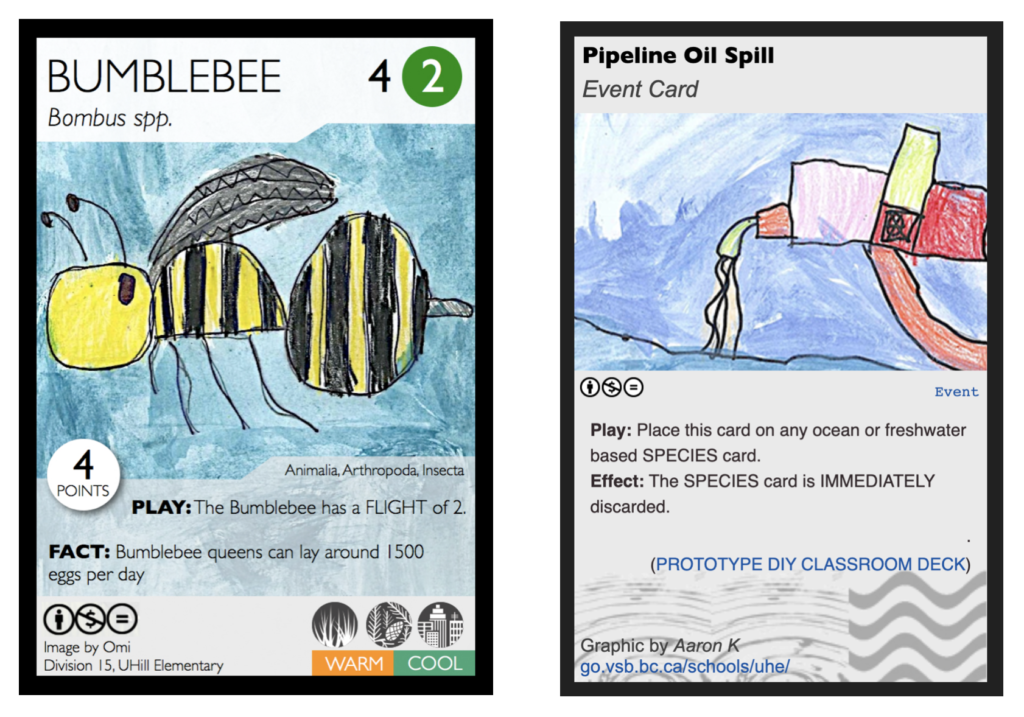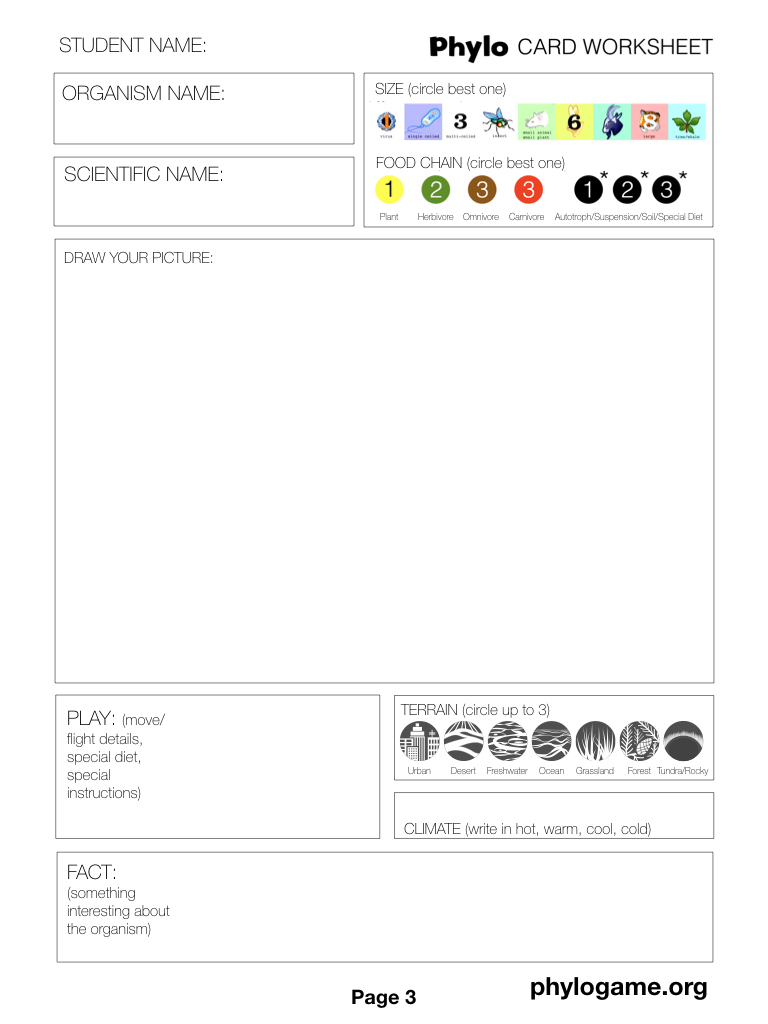Introducing the Phylo Trading Card Game DIY Home School Activity.
With the pandemic being part of our daily lives, school has had to make some adjustments. Because of this, the SCQ thought it would be cool to point out one of our sister projects: one that we’re certain would be a great way to learn some science, think about the environment, and all the while, have some fun by creating your own game. It’s called the Phylo project, and read on to hear more and see how you can participate!
WHAT IS PHYLO?
The Phylo Trading Card Game (TCG) is a project that began as a reaction to the following nugget of information [1]:
Kids know more about Pokemon creatures than they do about real creatures.
We think there’s something wrong with that. Apparently, so do many others.
In fact, Phylo basically became this awesome exercise in DIY educational card game design, and is the product of the kind and (frankly) amazing contributions of many many individuals who have given art, science expertise, gaming advice, and more. This has led to the creation of over 30 (and growing) different game decks, all of them free for “print your own” downloading, many of which can also be purchased. You can check them all out here (and note that each deck has a download link if you want to see the entire deck of cards in their full glory).
Best of all, because this project follows open source principles, anyone can be part of this process. It’s easy to make your own cards, and with a bit of work, it’s even easy to make your own playable game. This page will help you do that, specifically for the biodiversity themed Phylo games. We’ve included some basic instructions, worksheets and some handy lists of species for different areas to help you do this at home or in your classroom.
HOW TO MAKE YOUR OWN CARDS!
Teachers: the Phylo website also has full detailed lesson descriptions if you’d like something with more detail. Just visit phylogame.org/make.
STEP 1: Go to phylogame.org/cards and take a look at some of the cards and decks. This deck from the Beaty Biodiversity Museum is a good one to start with (you can also watch the video below).
STEP 2: Download the below worksheet (click on this link or on the image below).
STEP 3: Use the Phylo Biodiversity Worksheet (page 3) to help you research the information you need for a card that represents a living thing. This is called a SPECIES card.
STEP 4: Use the 6 card sheet (page 4) to make your “good copy cards.” You can print this on card stock and cut them out (get your parents to help). You can even use proper card sleeves, since the size of these blank cards is the same as a Pokemon card!
STEP 5: If you send in a photo of your best worksheet to Dave Ng at db@mail.ubc.ca (or via twitter at @ng_dave), his lab will turn it into a fancy card for you! As more of these come in, his lab will put them on the main website and also turn them into printed expansion packs!
HOW TO MAKE YOUR OWN DECK!
This is a little more ambitious, but the basic idea is that to have a deck that can work as a game, you need to make enough cards that can work as an ecosystem. This means all sorts of living things from plants to animals!
STEP 1: To do this, you will need a list of living things that represent a diverse ecosystem. We’ll start with a few lists of living things that you can use for a playable deck. If you make a card for the organisms in a list as instructed (you can see the suggested number at the top right of each box), you will have a playable deck, good for 2 players.
Lists so far:
New York City (urban)
United Kingdom
Vancouver
(As well, it would be great to expand the number of lists so that we can have more decks of different places! If you think you have a list that works, please send to Dave at db@mail.ubc.ca – his lab will take a look, and if it looks good, he’ll add it to the ones above!)
STEP 2: You’ll also need to make Event cards. These are cards that represent things happening in the environment that can help or hurt food chains. Basically, you’ll need to think of ways that these special cards can affect how the game is played. For instance, something like “wildfire” could be played on animals that live in the forest, and cause that card to be removed from the game. You can see lots of examples of event cards at the phylogame website. Just go to this link.
I WANT TO MAKE FANCY CARDS!
Finally, if you want to make your cards look super fancy, the main website does explain how you can do this. There are actually templates that open in powerpoint and keynote to make this very easy to do. You’ll probably need your parents help here, but just take a look at the instructions found at phylogame.org/make. Step 12 on this web page specifically shows you how you can create cards that can be sent to professional printers!
OK, that’s it for now, but don’t hesitate to reach out if you have any questions. Stay safe everyone!

